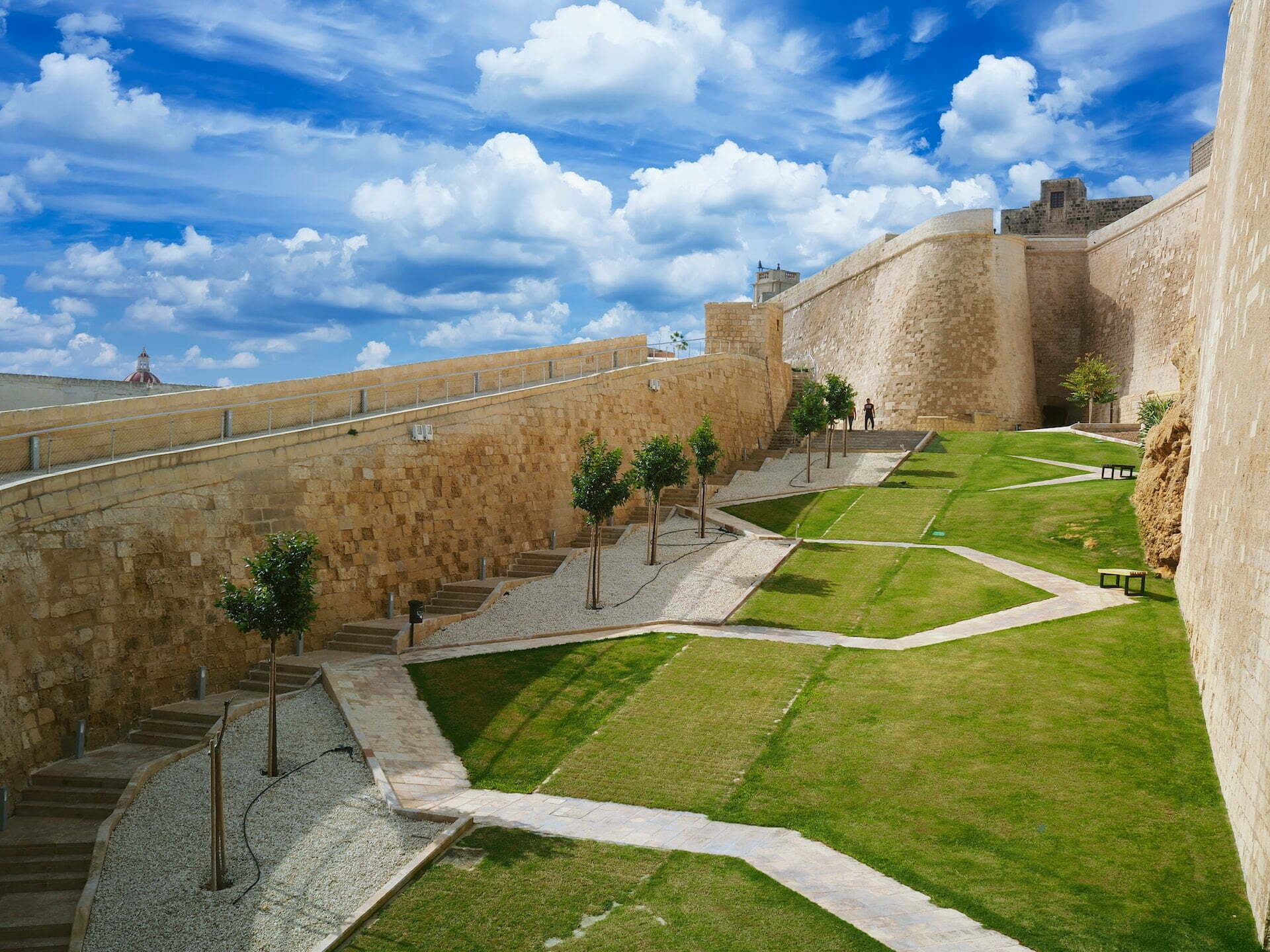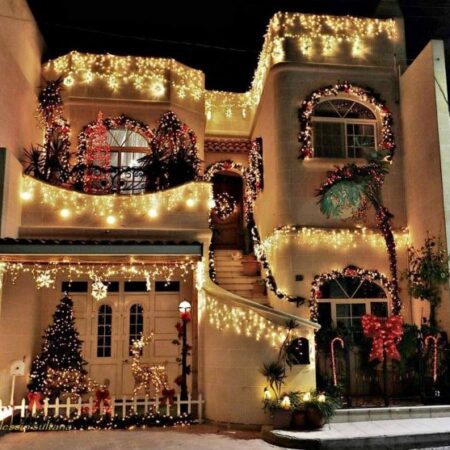Maltese heritage is well documented, and thousands of tourists flock to the island every year to view its sites and learn about the stories and people behind them. Perhaps lesser known, but no less rich (and surprisingly different), is Gozo’s heritage. Prolific in story and legend, as well as dating back to the earliest of the Maltese Islands’ inhabitants, Gozo’s heritage is well worth exploring.
On such a culturally and historically rich island, where to begin?
How about at the beginning? The Ġgantija Temples are a UNESCO World Heritage site (the only such site in Gozo). These megalithic structures date back further than any of the other temples on the Maltese Islands. It feels one is bound by tradition to also point out that they predate Stonehenge and the Pyramids of Giza.
In 2013 a new centre was opened the site, allowing visitors to further understand the history of these structures as well as the legends behind the temple. The name Ġgantija is, after all, derived from the Maltese word for ‘giant’, as early inhabitants on the island believed that giants built the massive stone structures.
The Gozo Museum of Archaeology delves deeper into the island’s prehistoric heritage. Displaying unique artefacts discovered at several sites around Gozo, the museum gives visitors a taste of what life was like in Gozo across three main historical periods: prehistorical, classical and the medieval/modern.
The museum is located in the Citadel, itself one of Gozo’s prime heritage sites. The Citadel dates back to the medieval period, although the site has been inhabited since the Bronze Age. It is Gozo’s only fortified town and is currently undergoing a large-scale restoration project, which has fallen behind schedule due to the new discoveries being unearthed rather frequently.
The Citadel is also home to several other museums, including the Cathedral Museum, the Gozo Nature Museum, the Folklore Museum and the Old Prison, where visitors can examine centuries-old graffiti etched into the walls of prison cells.
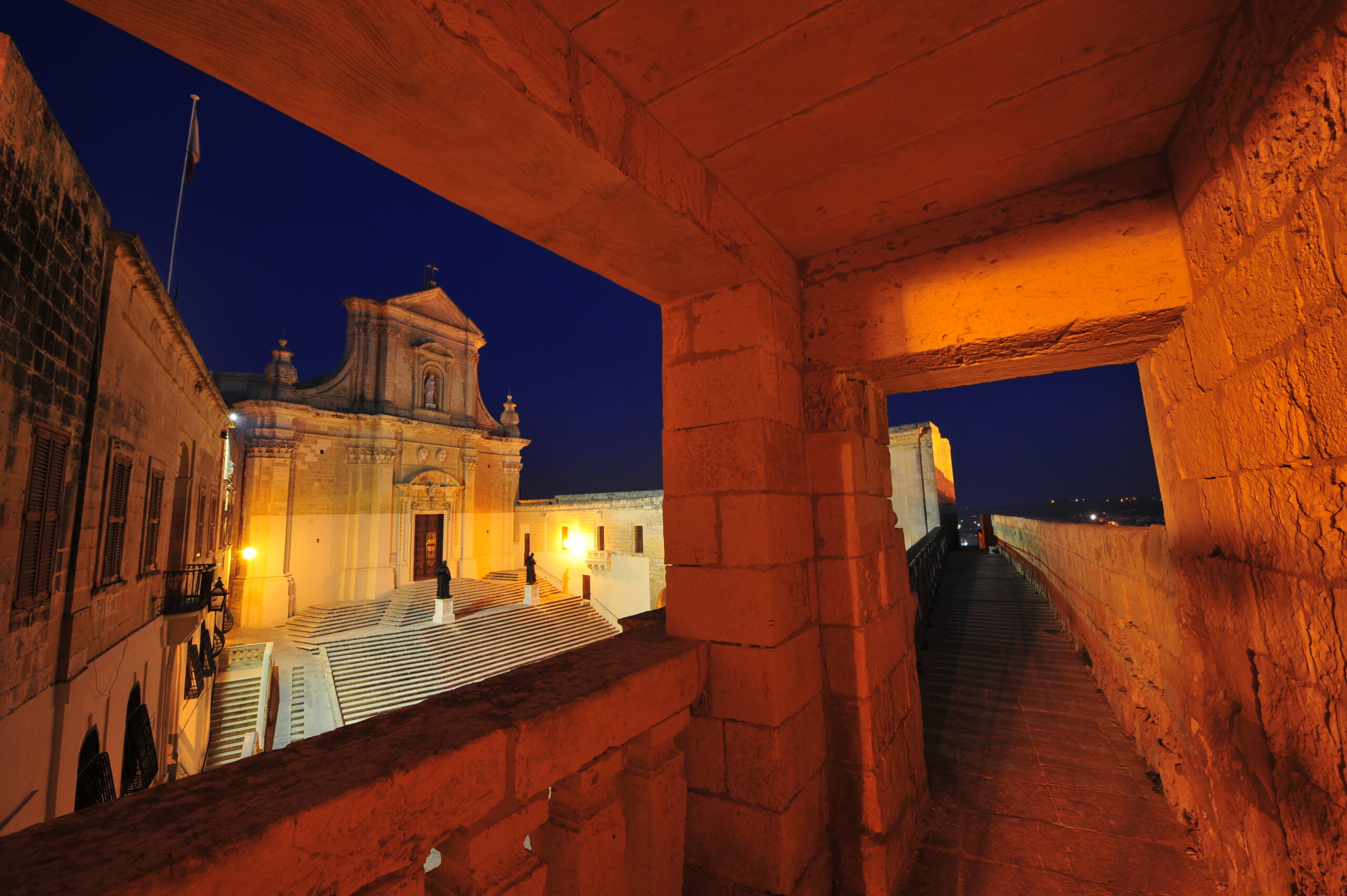
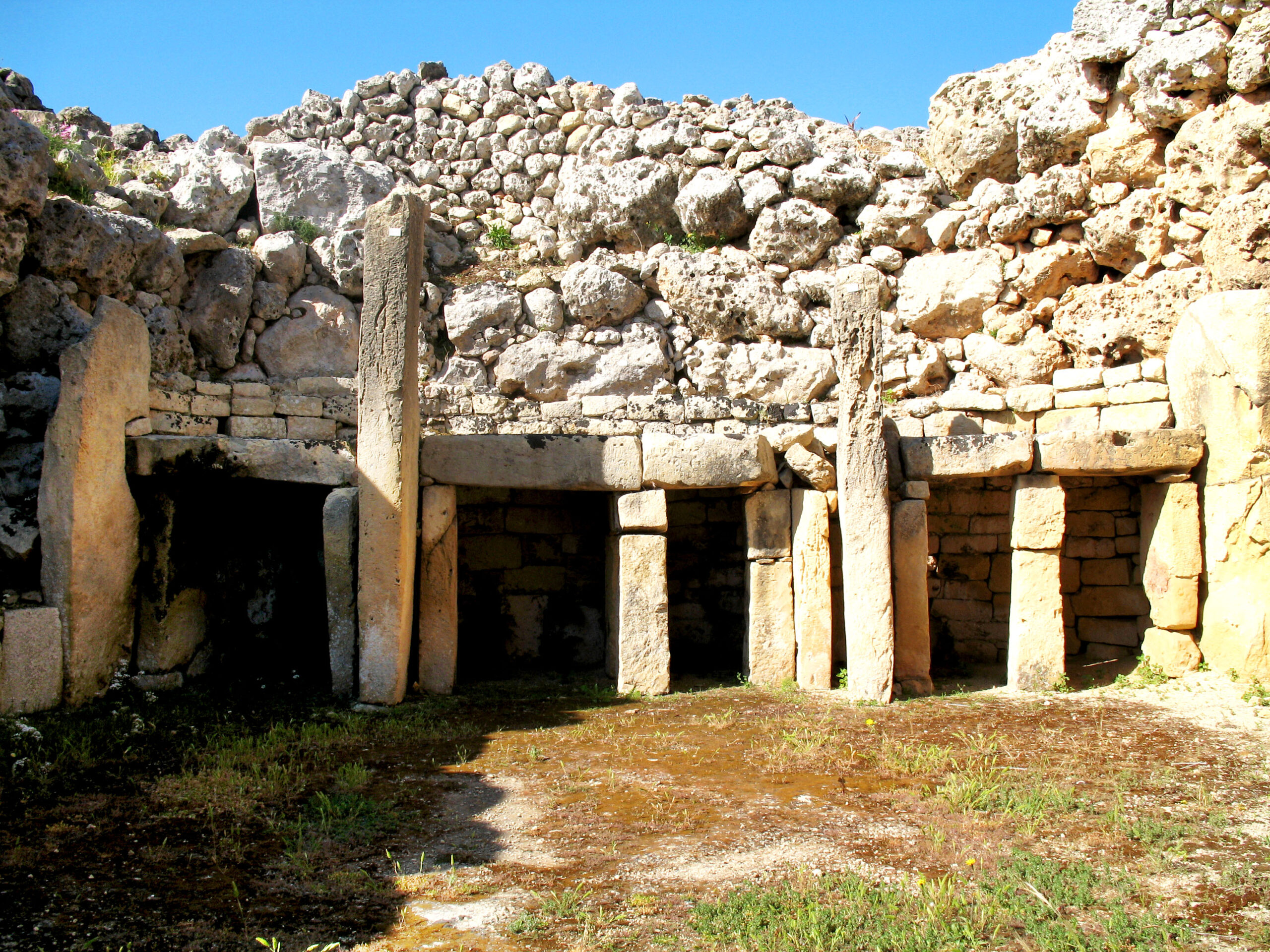
So how is Gozitan heritage different to that of Malta?
The manager of the Gozo sites for Heritage Malta, which handles some of the above mentioned museums, says that Gozo’s heritage diverts from Malta’s at different periods of history.
“The prehistorical period is similar, so the link between the two islands was there,” she explains. “In Roman times, however, Gozo was independent from Malta. They even had their own coins.
“In the middle ages, Gozo was used as a place of imprisonment. In fact, right up until a decade after the arrival of the Knights of the Order of St John, Gozo was neglected, whilst Malta was developed.”
All throughout the 14th, 15th and 16th centuries, corsairs regularly raided Malta’s sister island, taking the local population away into slavery. The raids began to subside with the rise of tourism.
As the manager explains, “Tourism in Gozo dates back as far as the Knights, with the rise of the Grand Tour phenomenon – an educational rite of passage popular with the European upper class. The Ġgantija Temples, Fungus Rock and the Citadel were the most popular attractions, taking their place alongside such unmissable antiquities as Pompeii and Rome on European itineraries. We know this because they kept diaries and had artists accompanying them on their travels.”
Gozo, though, remained a place of agriculture and insularity. When the French arrived in Malta, Gozo became independent once again, although much like the Napoleonic occupation of Malta, that proved to be short lived.
Things started to change under British rule with the introduction of the aqueduct in the 1840s. The economy gradually started shifting into the diverse economy Gozo enjoys today.
How about heritage sites outside the Citadel?
Gozo is littered with sites of historical, social or cultural significance.
Xaghra, for instance, is home to a stone circle that dates back to the time of Ġgantija. It used to function as a burial site, similar to Malta’s hypogeum. This, however, is opened on request only.
There are other temple sites dotted around the island, although in truth they are in ruins and difficult to spot. A once-sacred site dating back to Phoenician times can be found at Ras il-Wardija, where an unknown cult used to worship their deity.
Fungus rock, near Dwejra, was considered to be almost miraculous, and was strictly guarded by the Knights. A particular kind of plant found only on that rock was believed to have medicinal properties and anyone caught trespassing would be imprisoned or set to work as galley slaves. Today the site is a nature reserve and popular swimming destination.
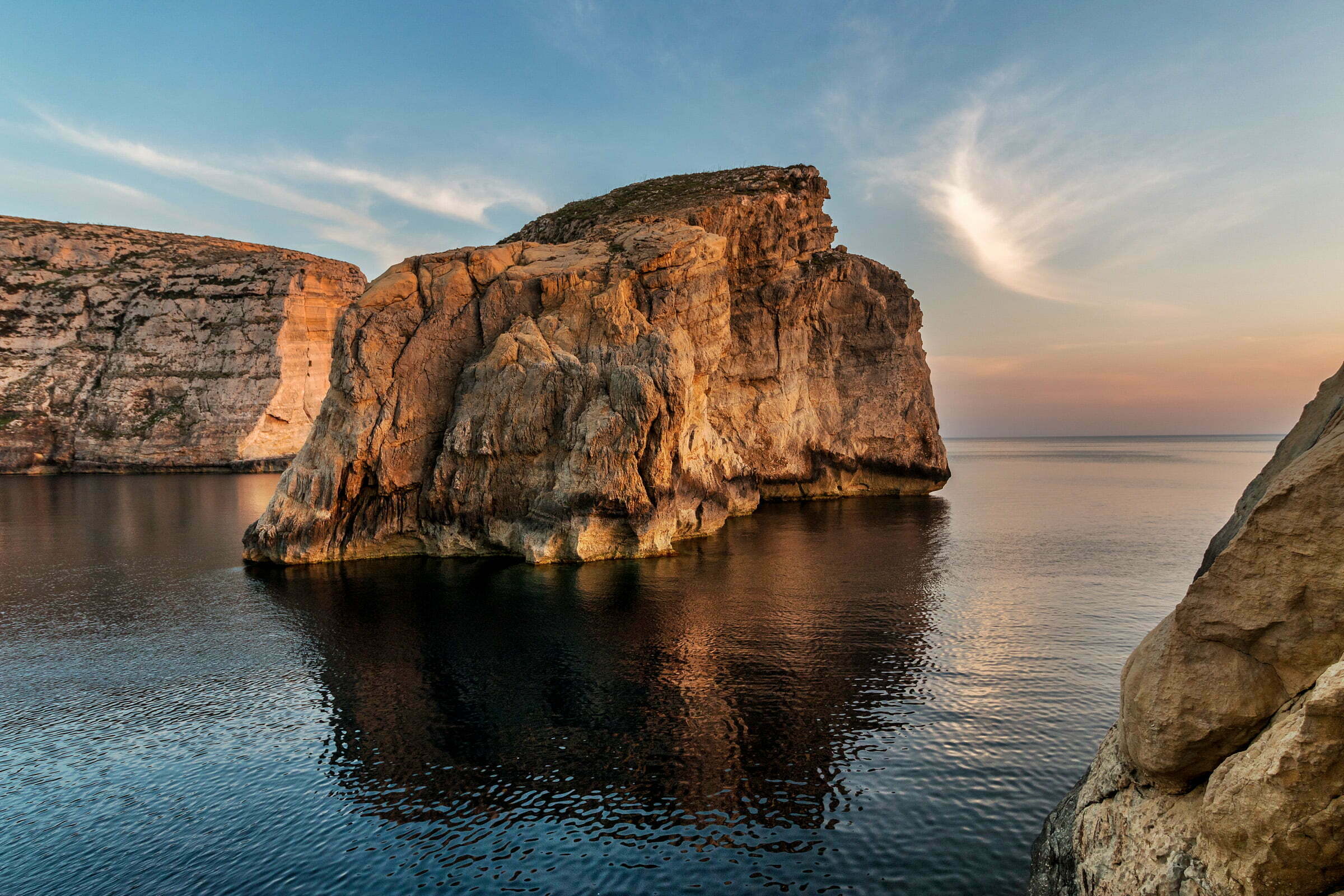
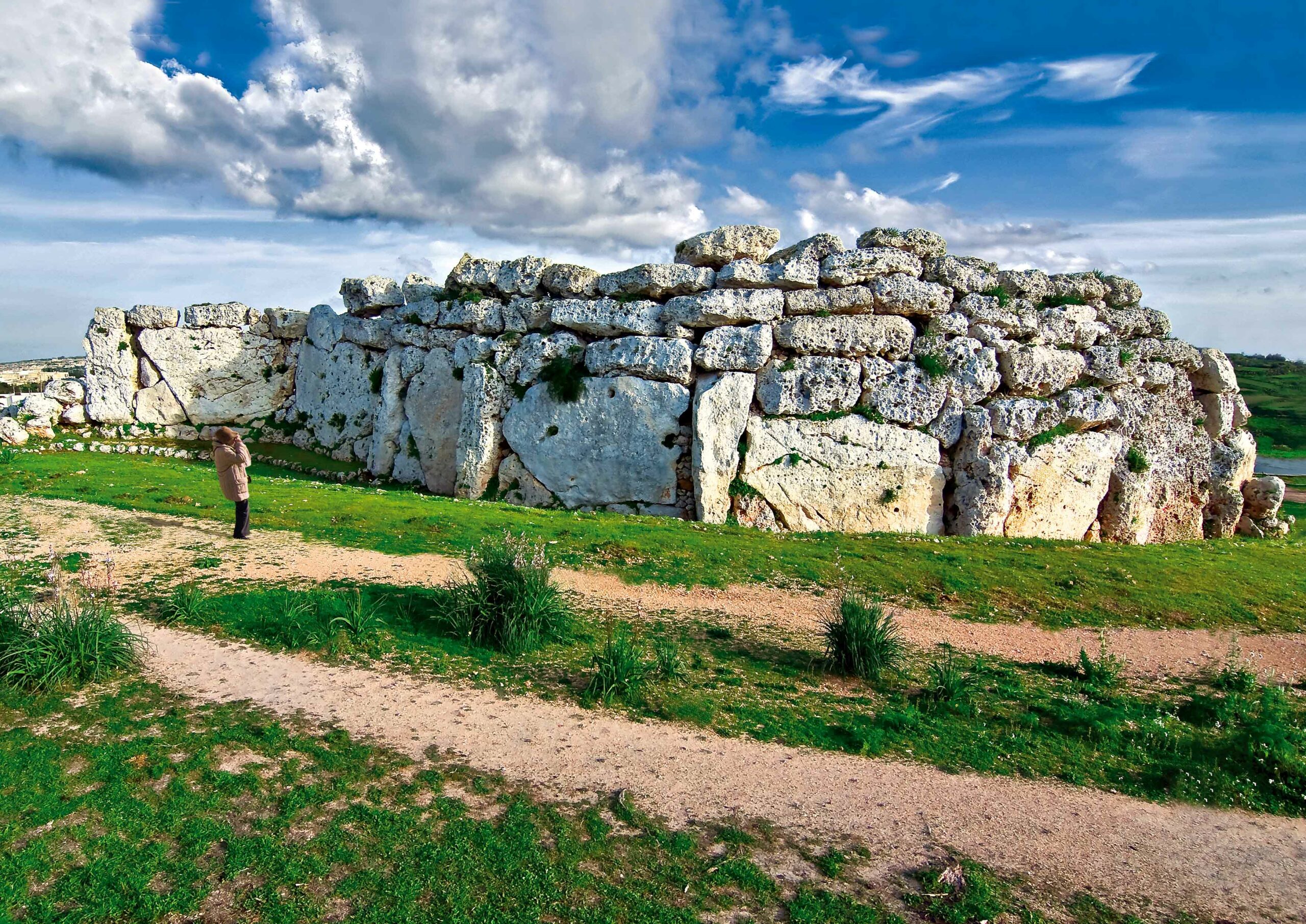
Religious and Coastal Sites
Every village has a church, all of which are worth a visit. “Santa Ċeċilia chapel is the oldest known standing chapel in Gozo. It has recently been restored and is open to visitors, so I heartily recommend it. Although every village church has its own story to tell,” says the manager.
One of the most popular is the Ta’ Pinu Sanctuary, a place of pilgrimage for devoted followers of the Blessed Virgin. The minor basilica is believed to be a place of miracles.
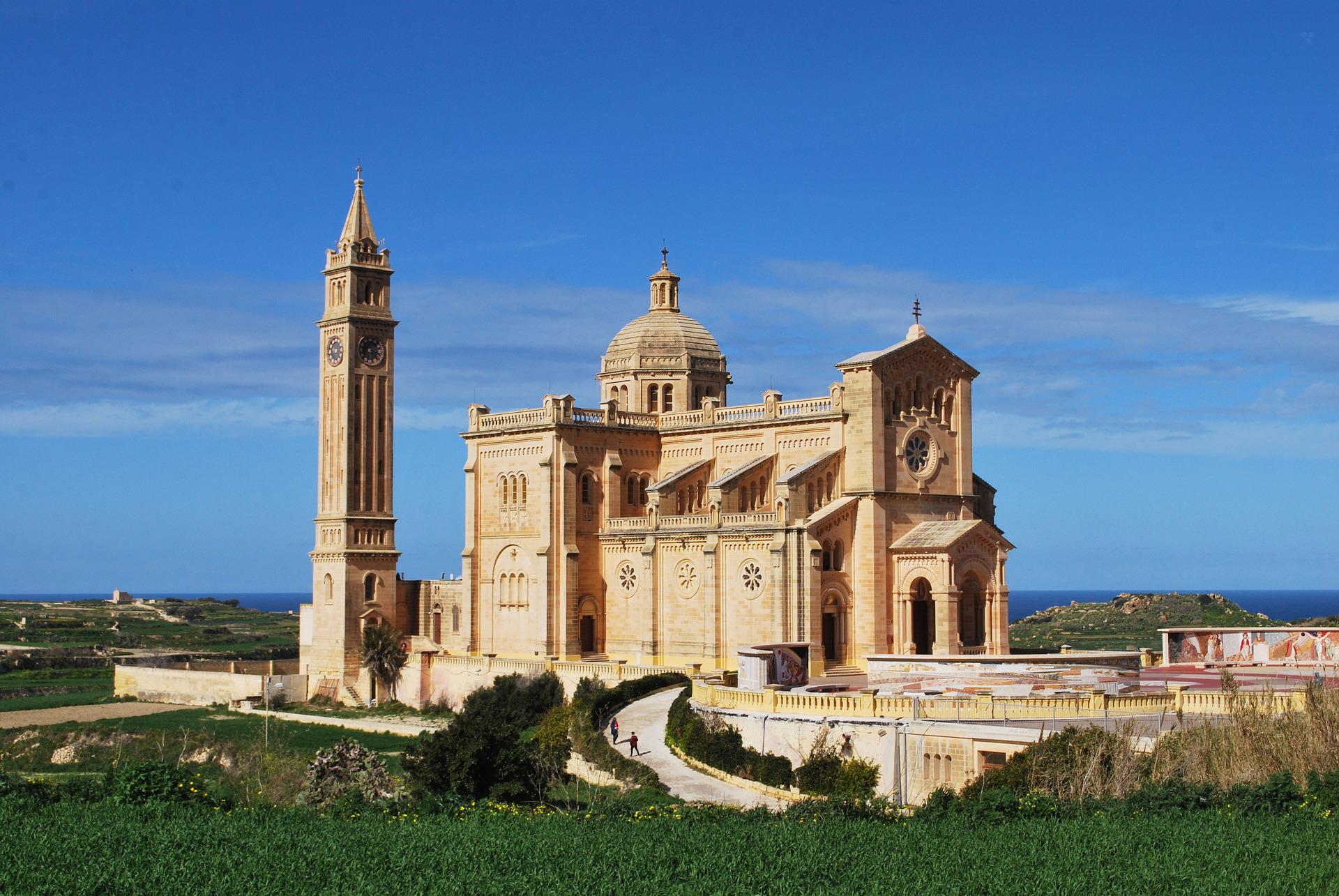
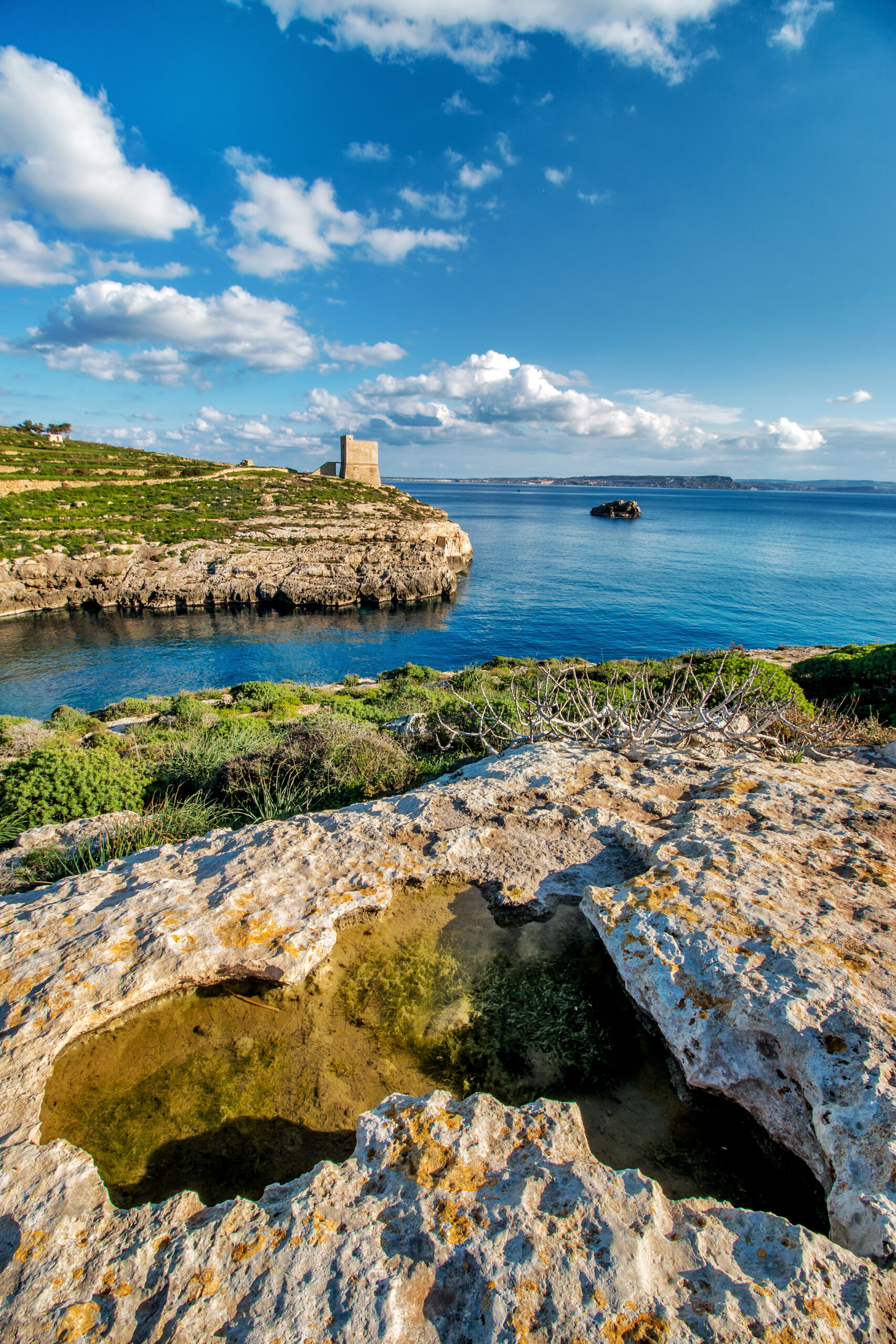
There are various fortifications along the coast of Gozo. These include forts, gun batteries and a number of watchtowers dating back to the 17th and 18th centuries. Most are undergoing restoration and a couple are open to the public.
“Heritage Malta is currently working on a new project that is being funded through the EU,” explains Heritage Malta manager. “We are creating a big museum for Gozo that will narrate the island’s story under one roof. Hopefully it will be complete in the coming two years, and it will succinctly combine the wonder of all of Gozo’s heritage treasures,” she adds.
